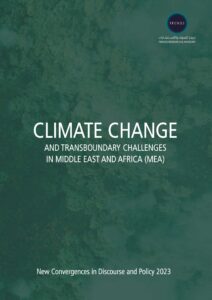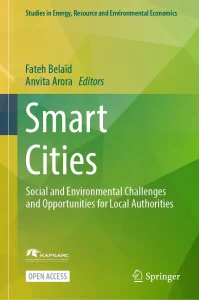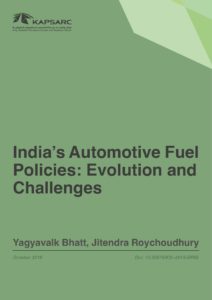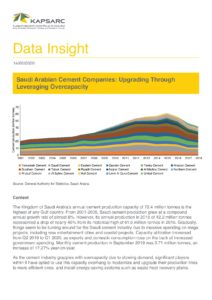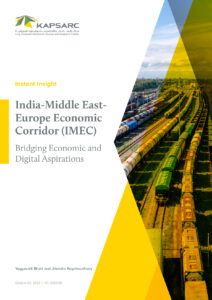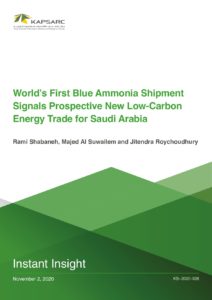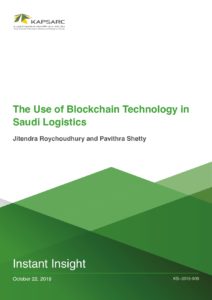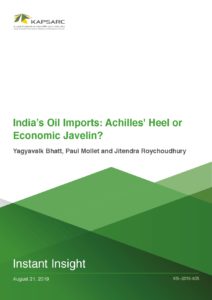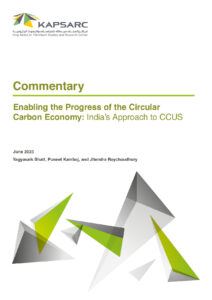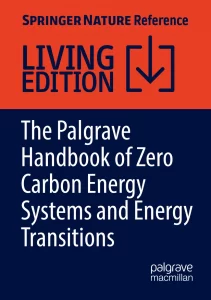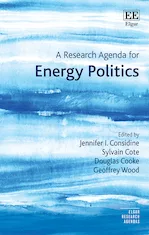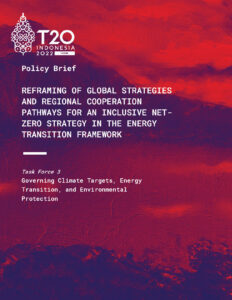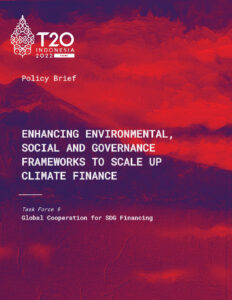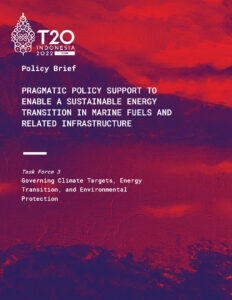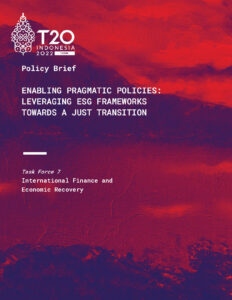Jitendra Roychoudhury is a research fellow in the Utilities and Renewables program. His ongoing research portfolio at KAPSARC covers various issues related to global and regional economic, energy and geopolitical, policy developments, and the impact of such policies on global energy markets. Before joining KAPSARC, Jitendra was Director and Chief Consultant at HDR Salva, India. He has worked extensively as a commodity consultant within India’s energy and infrastructure sectors, advising on developing commodity market entry strategies. He has authored and contributed to numerous consulting studies related to coal and coal policy in India, Indonesia, and China. Jitendra has a bachelor’s degree in mechanical engineering from the University of Pune, India, and a post-graduate diploma in business management from Welingkar’s Institute of Management, Mumbai.
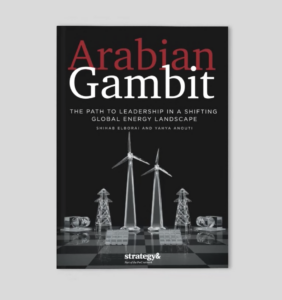
Revitalizing Relationships for the Clean Energy Souk
The GCC countries have been trading for millennia, and energy transition offers new opportunities to revitalize existing trade relationships and form new partnerships driving growth through innovation. Read More Here
18th April 2024

